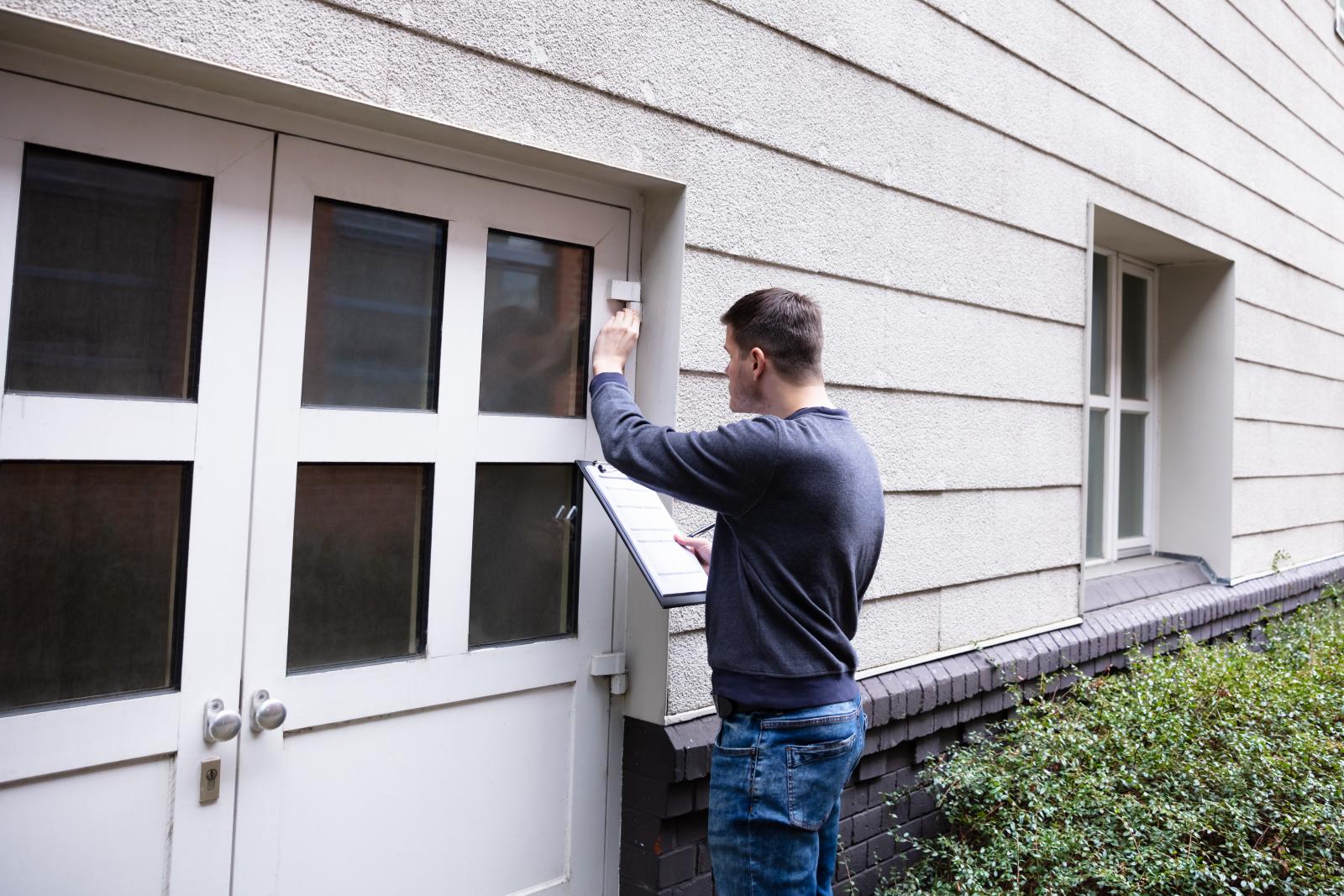Property maintenance solution provider, Help me Fix, has uncovered some interesting details regarding greenhouse gas emissions among residential properties.
The research shows that residential properties have seen the highest average annual increase over the last decade, with the average home now producing 2.29 tons of CO2 a year.
UK greenhouse gas emissions
The level of greenhouse gas emissions released across the UK over the last 10 years was analysed as well as the sectors driving these. How much the average home produces based on the number of dwellings across the UK was also assessed.
According to the data, the total level of greenhouse gases emitted across the UK had been in steady decline every year since 2012.
However, from 2020 to 2021 there has been a 4.7% increase in total greenhouse gas emissions - totalling 424.5m tonnes (CO2e).
Sectors driving the increase include transport (+10%), public (+6.3%), and business sectors (+5.9%). While the residential sector saw the fourth largest increase, up 5.8% on an annual basis.
The data shows that when analysing greenhouse emissions over the last decade, residential homes have seen the largest average annual increase at 0.3%, with the public sector the only other area to have seen an increase at an average of 0.1% per year.
In the last year, around 29.8m residential dwellings across the UK emit 68.1m tonnes of CO2e. That makes the carbon footprint for the average home currently an average of 2.29 tonnes per year.
Gov.uk suggests the main source of emissions in this sector is natural gas for heating and cooking. Emissions from this sector do not include emissions from the generation of electricity consumed.
Ettan Bazil, chief executive officer and founder of Help me Fix said: “It may sound incredibly cliche, but the fight against climate change really does start at home, as it’s our homes that have seen the largest average annual increase in greenhouse gas emissions over the last decade - and that’s not including electricity, just the natural gas we consume.”
“Not only are residential properties the third largest source of greenhouse gas, but they’ve also seen the fourth largest increase in the last year alone. This is largely down to the use of natural gas for heating and cooking and so there are plenty of things that can be done for very little cost in order to reduce your footprint.”
“Batch cooking, or utilising alternative methods such as slow cookers or an air fryer is something we can all do very easily with a little forward planning.”
“Ensuring our homes are energy efficient by investing in double glazing, reducing draft areas, installing insulation or smart metres and even adding a layer or two during the winter months can also help contribute.”
“While these measures may seem small and perhaps insignificant in the grand scheme of things, if almost twenty eight million households put them in place, it would make a notable collective impact to our carbon footprint.”






















Join the conversation
Be the first to comment (please use the comment box below)
Please login to comment